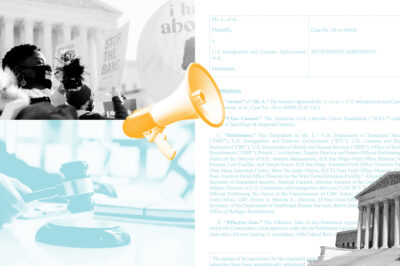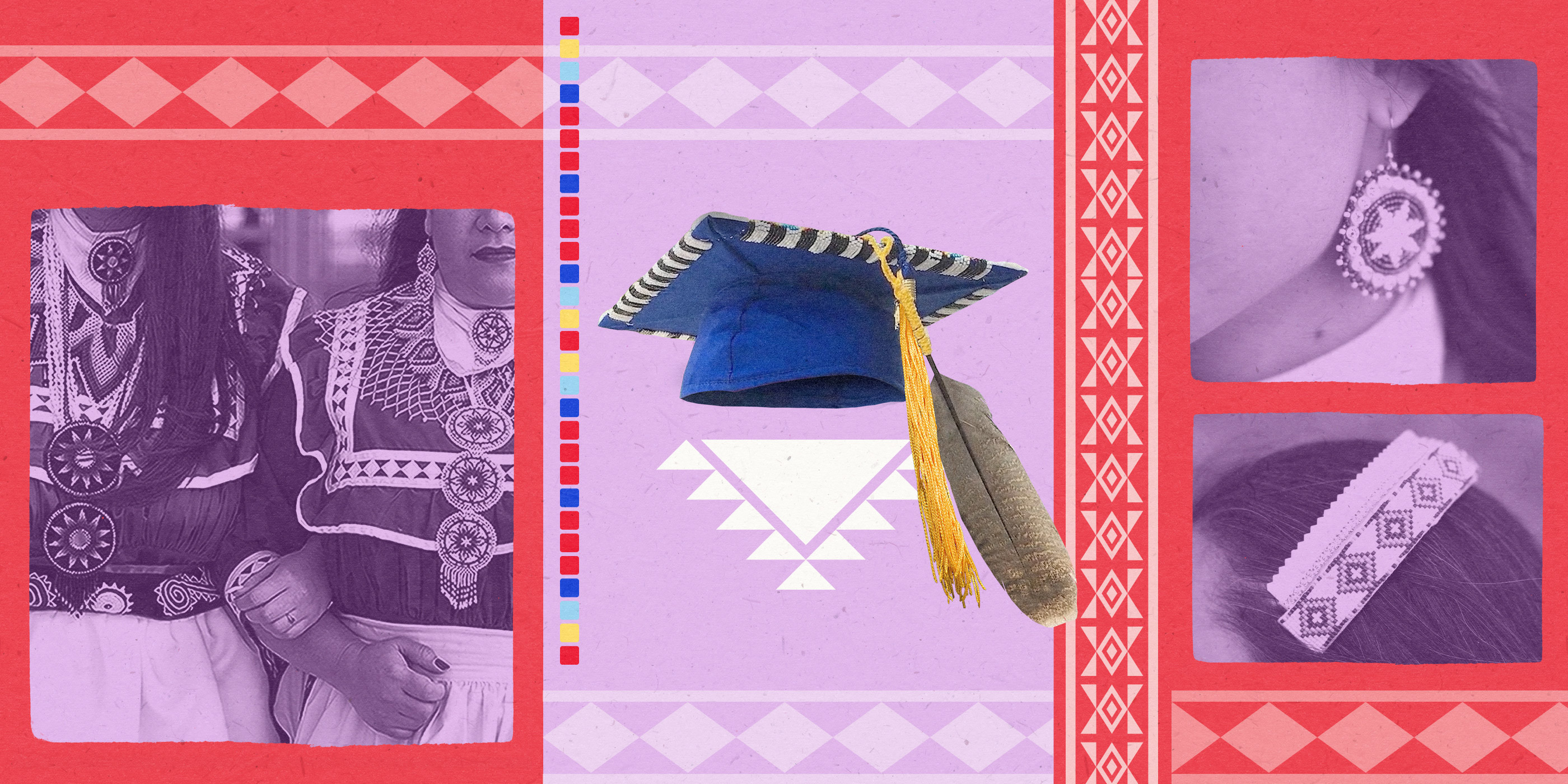
Protecting Indigenous Students' Right to Wear Tribal Regalia
Graduation is a time of celebration and community. After centuries of attempted genocide and erasure of Indigenous culture and tradition, the ability to celebrate commencement in a culturally appropriate way is deeply important for Indigenous students. Tribal regalia worn at commencement are a symbol of resistance, resilience, and reclamation by students of their right to an education that honors their culture and heritage. But for some Indigenous students, graduation can be fraught with uncertainty or controversy over their ability to wear tribal regalia during commencement ceremonies. Some schools still prohibit Indigenous students from wearing items at graduation, claiming that it would violate the school’s dress code and speculating, without any basis, that it would disrupt the ceremony.
Indigenous Students on Why Wearing Their Tribal Regalia at Graduation is Important
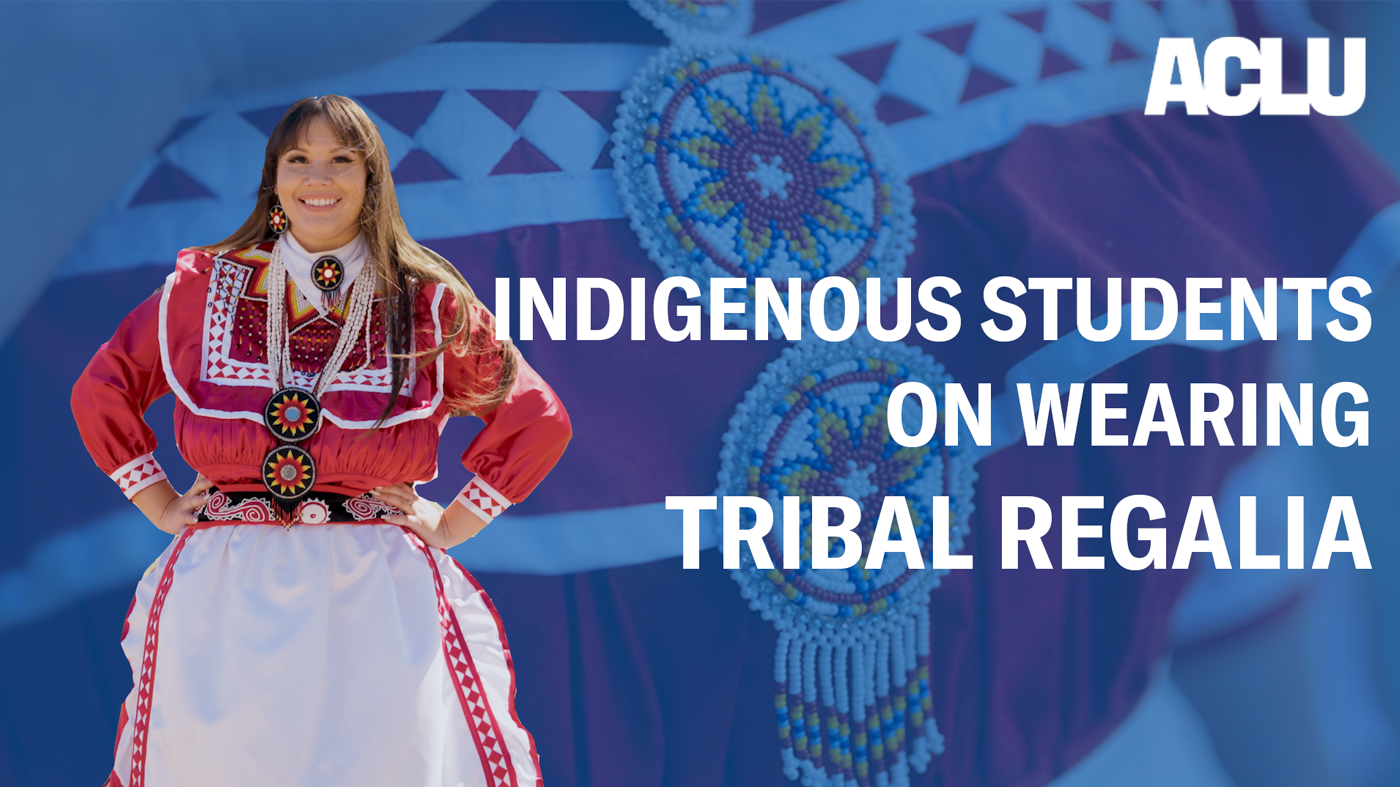
Whether an eagle feather or plume, beadwork, sealskin cap, moccasins, or other forms of traditional dress, tribal regalia plays a unique role, spiritually and culturally, for graduating Indigenous students. Policies that strip Indigenous students of their cultural and religious heritage in the name of assimilation only compound the violence and oppression that these students and their communities have suffered. As a result, Indigenous students face disproportionate outcomes across a range of educational statistics, including higher rates of exclusionary discipline and lower graduation rates. Due to the history of abuse of Indigenous students in schools, the government has a special obligation to address ongoing deprivations of Indigenous students’ educational and expressive rights.
Featured Stories

Mississippi Student Wins Fight to Wear Tribal Regalia at Graduation
With the help of the Native American Rights Fund, the ACLU of Mississippi, and the ACLU, Zuri Wilson was able to wear an eagle feather and receive a star quilt at graduation.
Mississippi Student Wins Fight to Wear Tribal Regalia at Graduation
Indigenous Students Should Be Allowed to Wear Tribal Regalia at Graduation
Department of Education officials must take action to protect Indigenous students’ rights to cultural and religious expression.
Indigenous Students Should Be Allowed to Wear Tribal Regalia at Graduation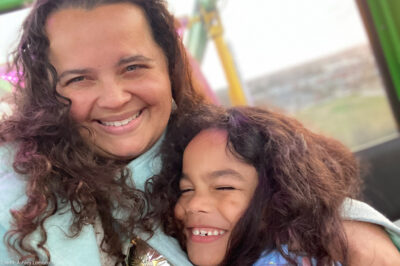
My Son's Hair is Part of a Thousand-Year-Old Tribal Culture. His School Called it a 'Fad.'
The school’s requirement is a rejection of who he is and a demand that he sacrifice his culture and heritage to conform to baseless and unfair rules.
My Son's Hair is Part of a Thousand-Year-Old Tribal Culture. His School Called it a 'Fad.'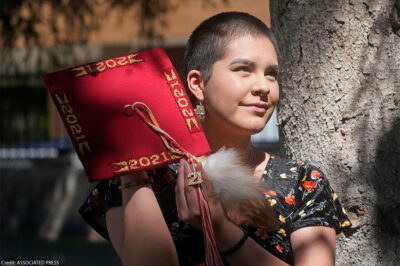
State Lawmakers Must Protect the Cultural and Religious Expression of Indigenous Students
Proposed legislation would codify the rights of Indigenous students to wear tribal regalia.
State Lawmakers Must Protect the Cultural and Religious Expression of Indigenous StudentsFighting Discrimination at School
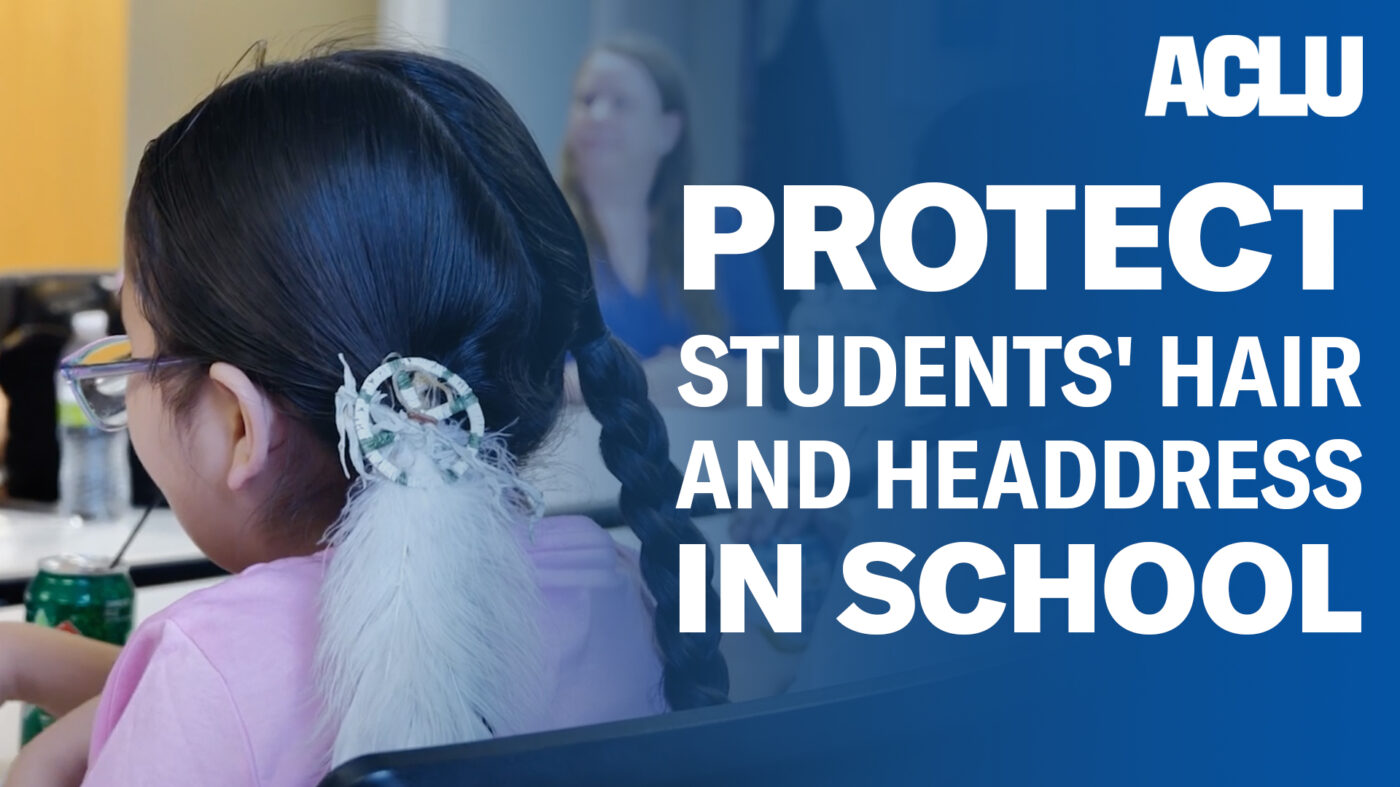
Indigenous students’ rights to self-expression and to maintain and honor their identity as Indigenous people extends beyond tribal regalia at commencement. Indigenous students must also be allowed to wear their hair in accordance with their cultural and religious beliefs. For example, as part of their culture and religion, some Indigenous people believe their hair should be kept and worn long as a sacred symbol of their life and that hair should only be cut under specific circumstances by select individuals.
When school officials restrict the way in which Indigenous students may wear their hair, they further deprive students of their heritage and identity, perpetuating the destructive assimilation policies of the past and promoting harmful stereotypes and misunderstandings of Indigenous Peoples.


